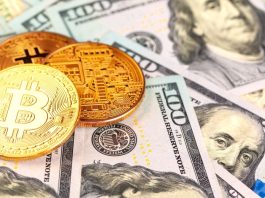Pyongyang experienced an economic revival last year, primarily due to renewed trade with China.
North Korea’s economy, long impacted by international sanctions and internal issues, underwent a significant shift last year. After three years of decline, it recorded growth of approximately 3.1%. This is the most significant improvement since 2016.
What drove this growth?
- Easing of COVID-19 restrictions: The relaxation of COVID-19 restrictions allowed for the resumption of economic activities and increased trade.
- Revival of trade with China: China is North Korea’s largest trading partner. The resumption of trade relations after the pandemic contributed significantly to economic growth.
- Favorable weather: Good weather conditions supported agriculture and other weather-dependent sectors.
Which sectors grew the fastest?
- Construction: It recorded the most significant growth of all sectors, at 8.2%.
- Industry: Industrial production grew by 4.9%, the highest growth rate in seven years.
- Agriculture: Agriculture also recorded moderate growth, although to a lesser extent than other sectors.
What does this mean for the future?
While this growth is a positive sign, experts consider it temporary. Economic sanctions still impact the North Korean economy, and the long-term sustainability of this growth is questionable.
Nevertheless, economic cooperation with neighboring China and Russia is expected to continue strengthening. Trade agreements with these countries could provide North Korea with new opportunities for economic development.
Conclusion
North Korea’s economic growth in 2023 is a positive sign but does not mark the end of all of the country’s economic problems. The future of the North Korean economy will depend on many factors, including the development of international relations, domestic politics, and the country’s ability to diversify its economy.



